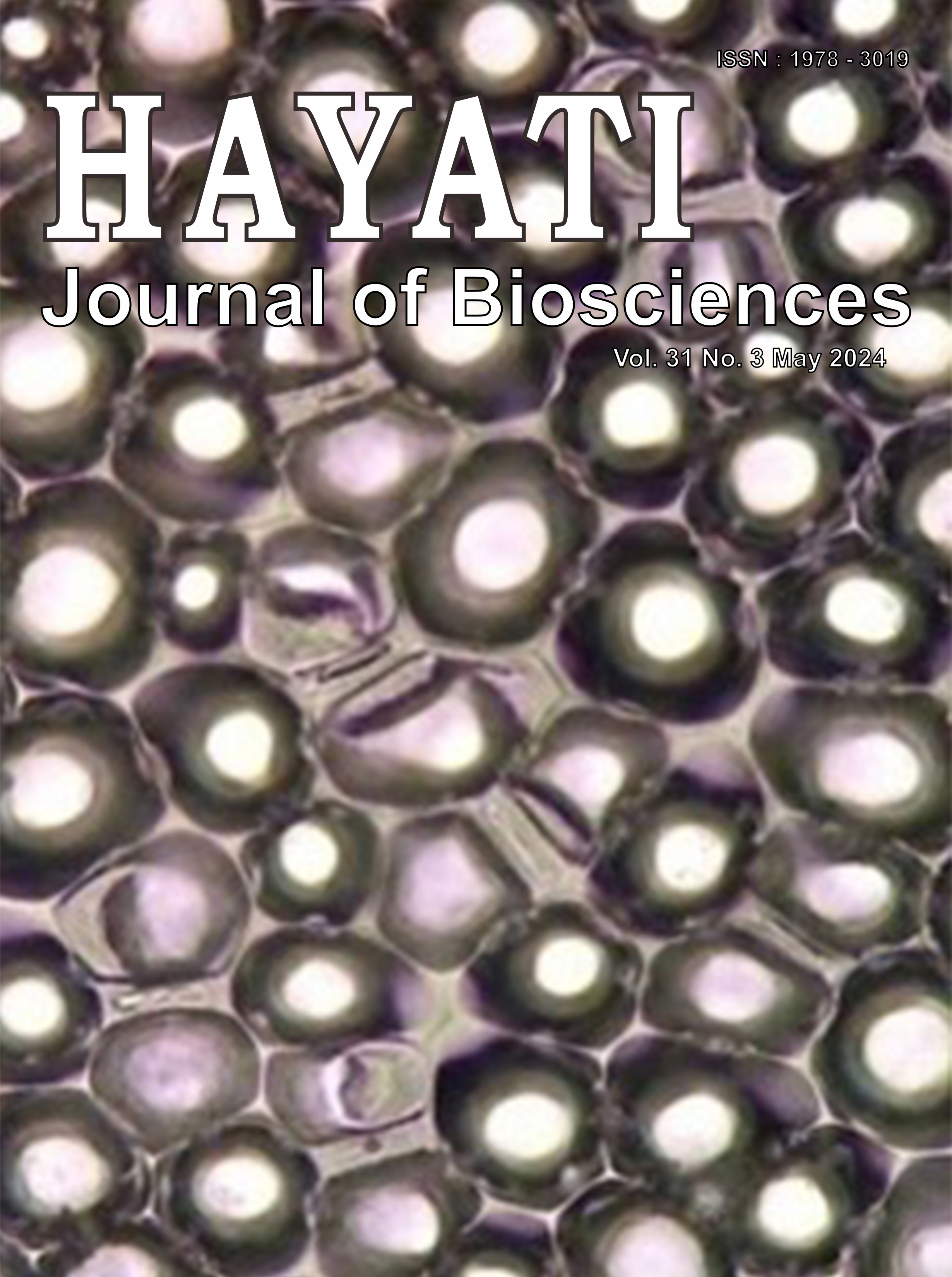Aromatherapeutic Antibacterials: Comparative Study of 40 Essential Oils and Their Biofilm Inhibition in Pseudomonas aeruginosa ATCC9027
Abstract
Growing evidence suggests that biofilm formation in Pseudomonas aeruginosa (PA) results from quorum sensing, reducing bacterial sensitivity to antibiotics and fostering the development of antibiotic-resistant strains. Addressing the need for a compound that can inhibit quorum sensing signals to mitigate biofilm formation in PA, this study screened 40 essential oils for their potential as quorum sensing inhibitors against PA ATCC9027. Utilizing the agar well diffusion assay, the antibacterial activity of these essential oils was compared with levofloxacin, revealing that 25 out of 40 essential oils exhibited antibacterial activity against PA ATCC9027. The highest antibacterial activity was exhibited by essential oils from Cinnamomum burmannii (Cinnamon Bark Oil), Cananga odorata (Ylang-ylang Oil), and Eucalyptus globulus (Eucalyptus Oil), confirmed by respective MIC values of 0.09765% (v/v), 0.390625% (v/v), and 1.5625% (v/v), and MBC values of 0.09765% (v/v), > 1.5625% (v/v), and > 1.5625% (v/v). Growth curve inhibition assay followed by crystal violet biofilm formation assay revealed that only Ylang-ylang Oil exhibited biofilm formation inhibition at 1/4 MIC concentration. Docking analysis of compounds from these essential oils against quorum sensing enzymes (LasR, PqsR, and QscR) revealed that Ylang-ylang Oil compounds exhibited the highest binding affinity. In conclusion, among the 40 essential oils tested, 25 show potential as antibacterials against PA ATCC9027, with Ylang-ylang Oil standing out as a promising candidate for quorum sensing inhibitor development. The use and development of quorum sensing inhibitors from Ylang-ylang Oil compounds are expected to reduce the burden of antibiotic resistance, especially in Pseudomonas aeruginosa.
Downloads
Copyright (c) 2024 Nur Aziz, Rollando, Eva Monica, F.X Haryanto Susanto

This work is licensed under a Creative Commons Attribution-NonCommercial 4.0 International License.
HAYATI J Biosci is an open access journal and the article's license is CC-BY-NC. This license lets others distribute, remix, tweak, and build upon author's work, as long as they credit the original creation. Authors retain copyright and grant the journal/publisher non exclusive publishing rights with the work simultaneously licensed under a https://creativecommons.org/


















.png) IPB University
IPB University Department of Biology
Department of Biology The Indonesian Biological Society
The Indonesian Biological Society 

